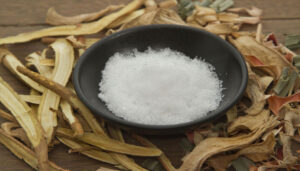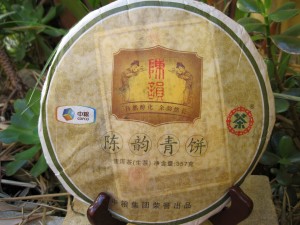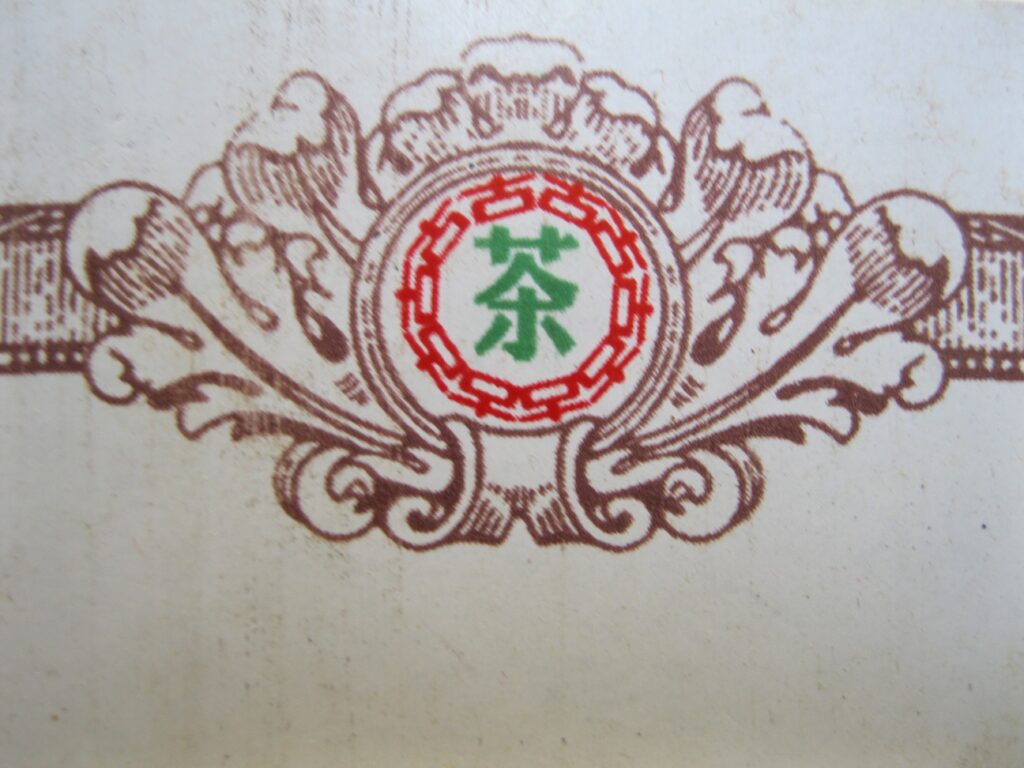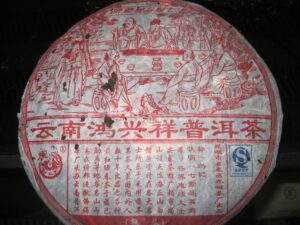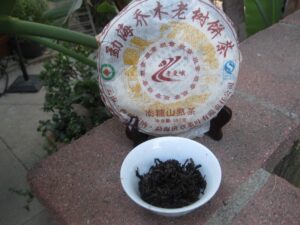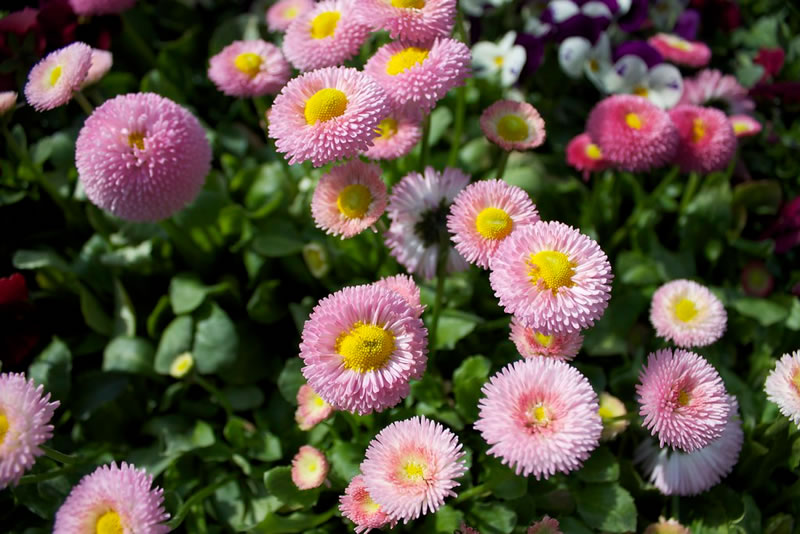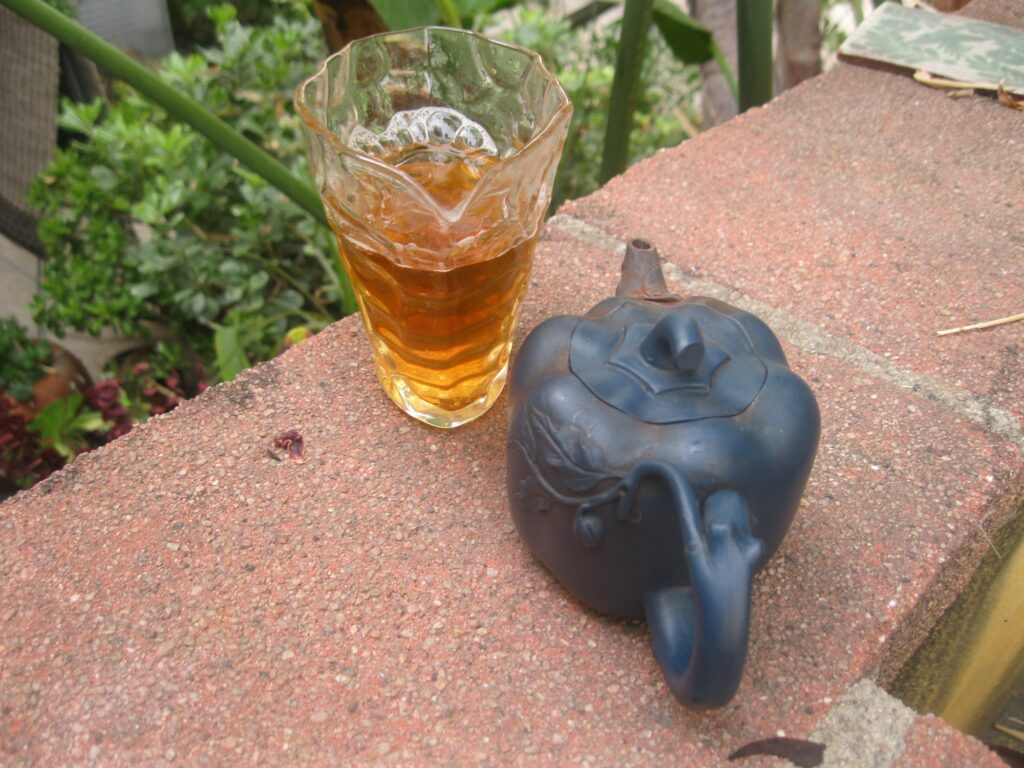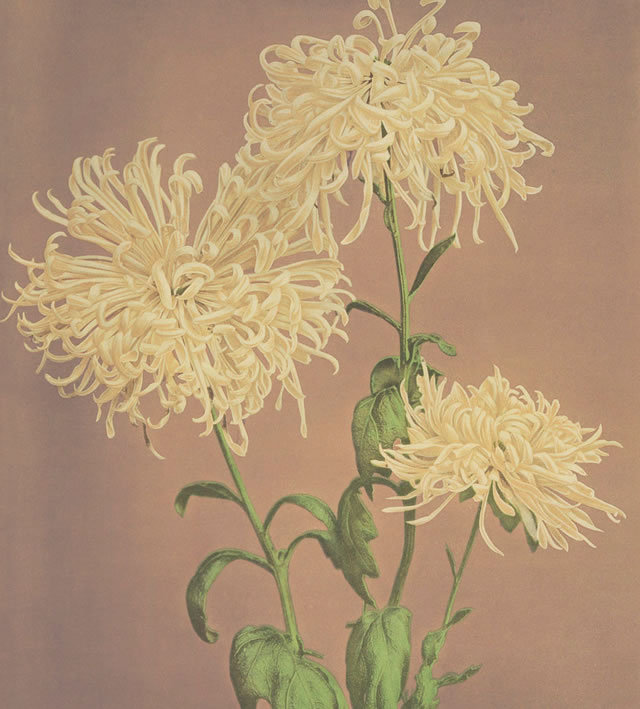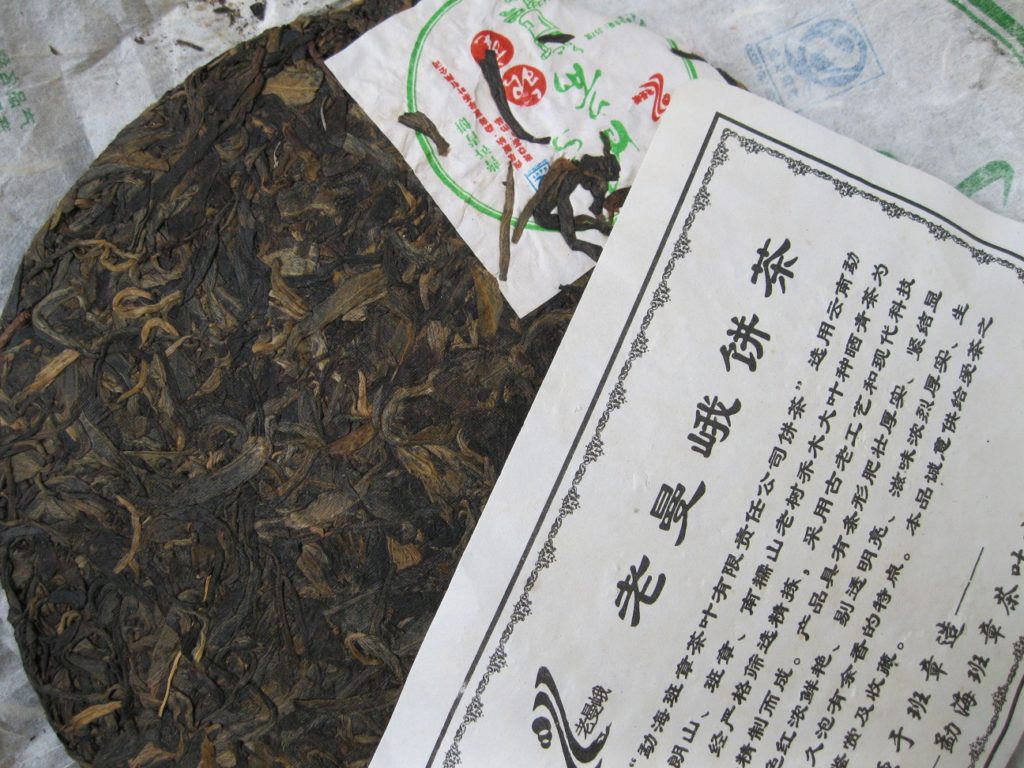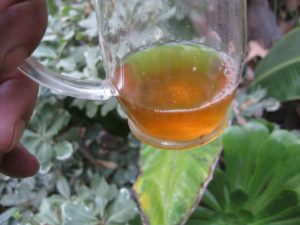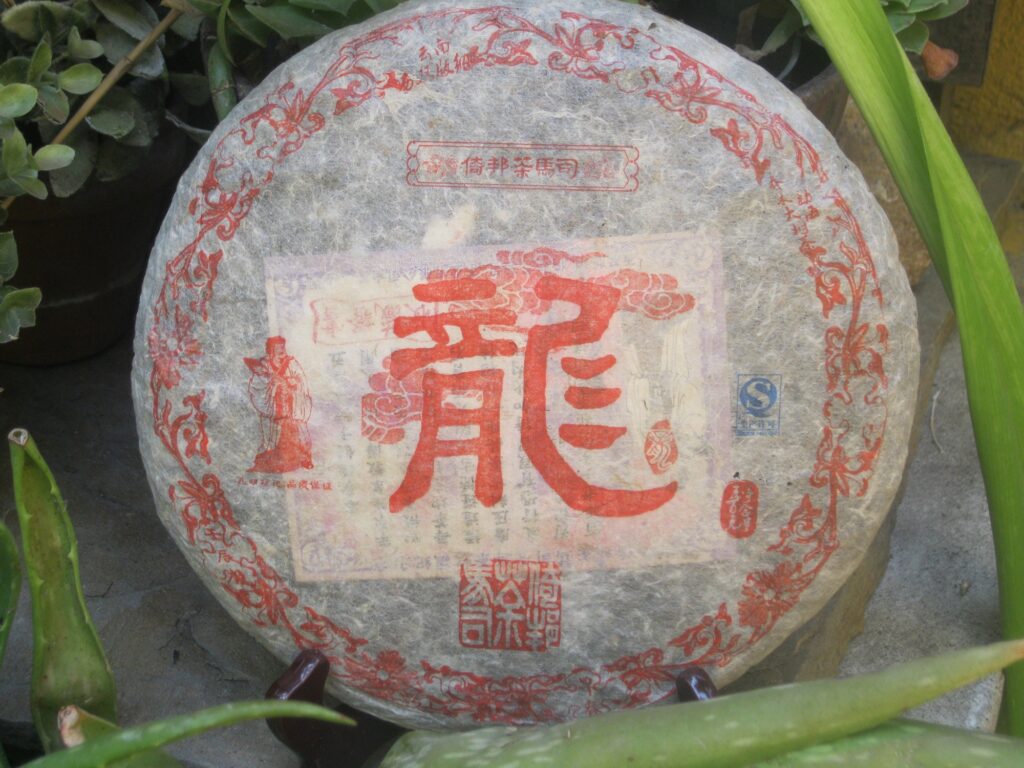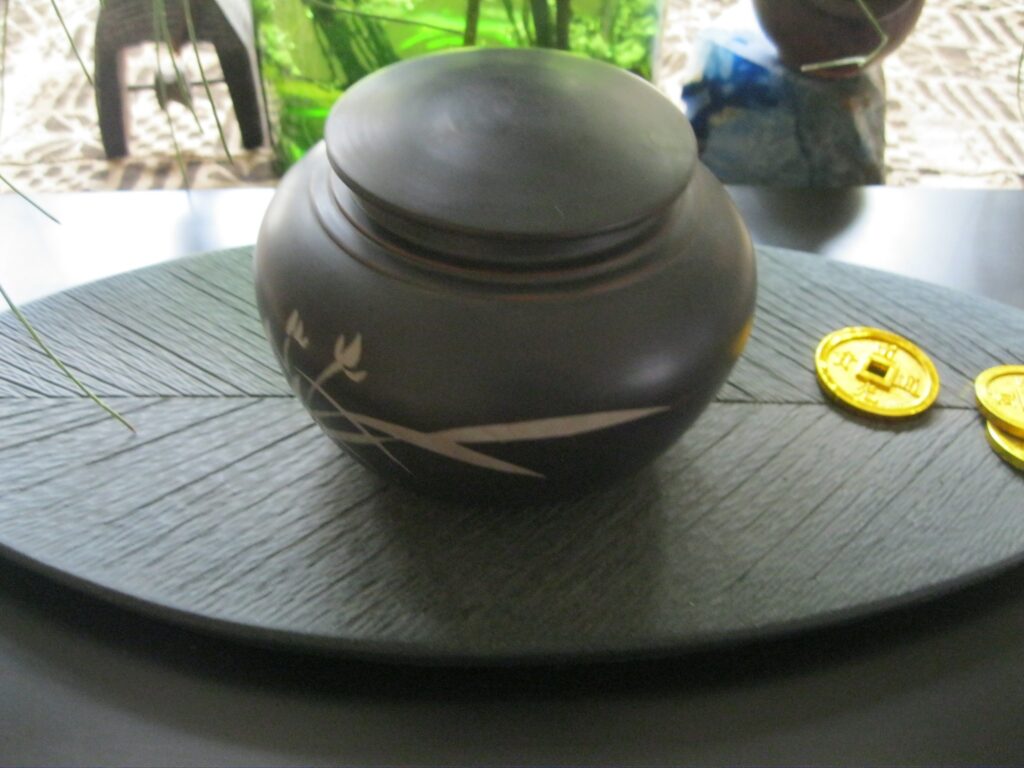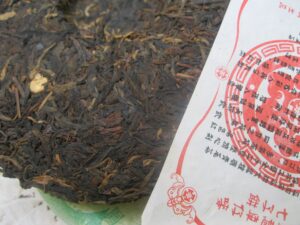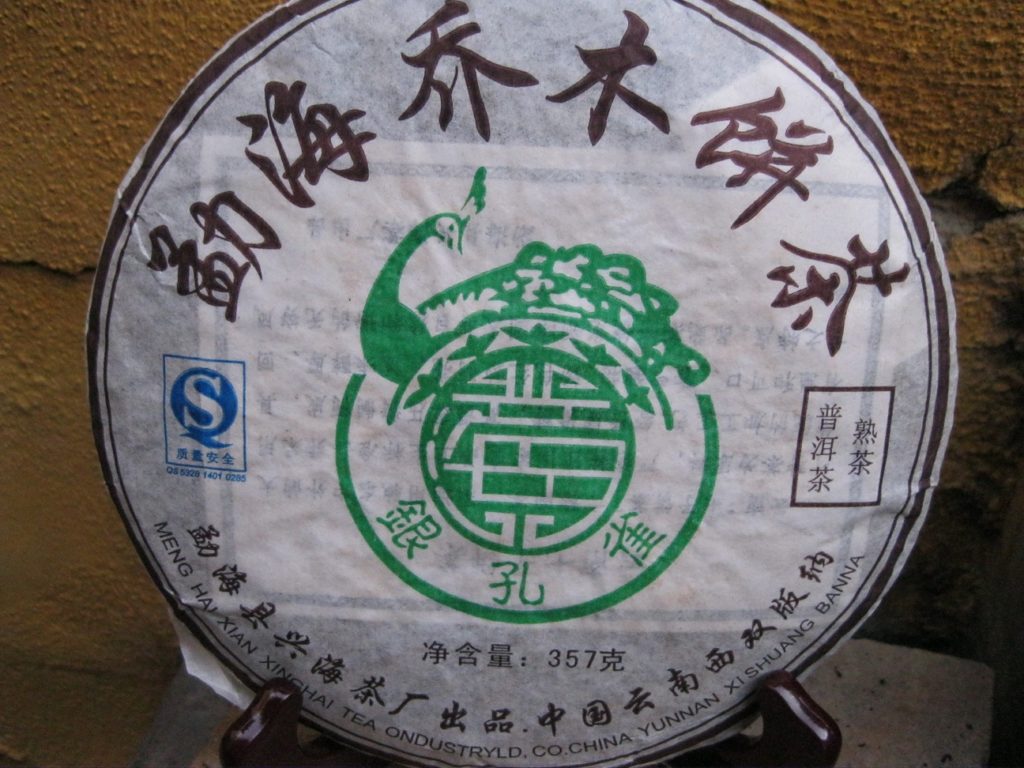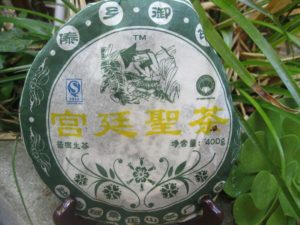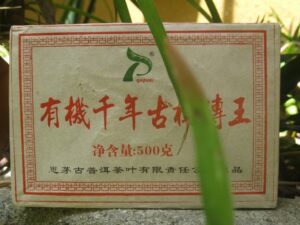Curses, Puerh Junky!
Curses, Puerh Junky! Your collection of mid-aged puerhs has ruined my tastes. I can’t drink my young puerhs anymore. You’ve ruined me! You’re a villain, an apostle of unspeakable foulness, a criminal of the first order. You’ll pay, you. . . you. . . Puerh Junky you!
Alack! Alack! What’s a Puerh Junky to do but sound fair warning to stand clear of the collection lest you too should fall prey to the wiles of mid-aged puerh.
Seems like the Puerh Junky isn’t the only one offering advice these days. One piece went something like, “only buy and drink the stuff you like now, because. . . ” I can’t remember the rationale because I fell from my chair hitting my head upon the glockenspiel and went unconscious.
Many have neither the patience nor conditions for storing puerh. Nonetheless, it is very hard to believe that one could possibly gain any real sense of what puerh is actually about by drinking offerings under ten years old. Actually, there’s considerable banter about a offerings with fewer than five years age. The perception, based almost wholly on ignorance, is that puerh and aging is some type of marketing ploy. I used to think the same, especially when it came to Yiwus. Then I tasted some older ones and realized I wasn’t having my leg pulled.
The best way to not have that bubble shattered is to heed the Puerh Junky’s warning. I want you to continue to cherish that 2017 you’re drinking. The Puerh Junky is just bad news for any young collection.



